Car Fundamentals: Steering and Suspension

A car's steering and suspension systems help it stay steady and safe on the road by connecting the driver to the ground. It includes parts from the suspension, steering, and wheels, which keep all tyres on the road. These parts help the driver navigate bumps, turns, and stops smoothly.
If one tyre leaves the road, controlling the car can be difficult and dangerous, especially in extreme conditions. So, keeping everything in good shape is essential for safe driving.
In this article, we will dig into the components of the steering and suspension systems.
Frame/Chassis
A car's frame is like its skeleton, supporting all its parts, including the engine, tyres, doors, and seats. There are two main types of frames: platform and unibody.
- Platform/Perimeter/Ladder frames are made of steel beams welded together to create a strong base supporting all the car's parts. The design varies depending on the car model.
- Unibody frames use body parts like fenders and floorboards to create a sturdy structure without a separate platform. Modern unibody construction includes crumple zones for better safety in collisions.
Regardless of the frame type, it must be protected from bumps on the road to handle its weight. The suspension system helps with this by keeping the tyres on the road, giving passengers a comfortable ride.
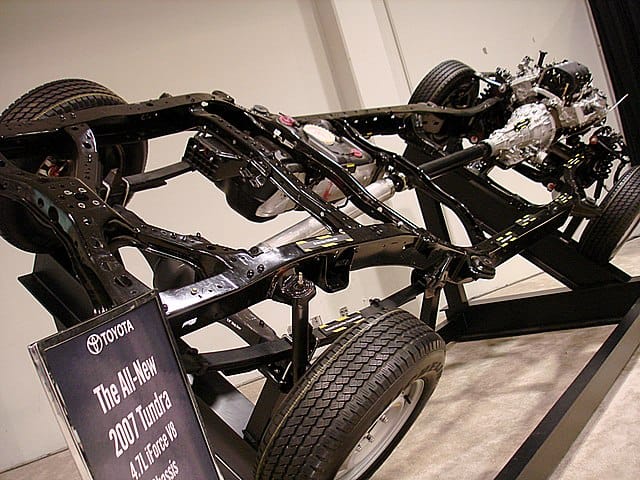
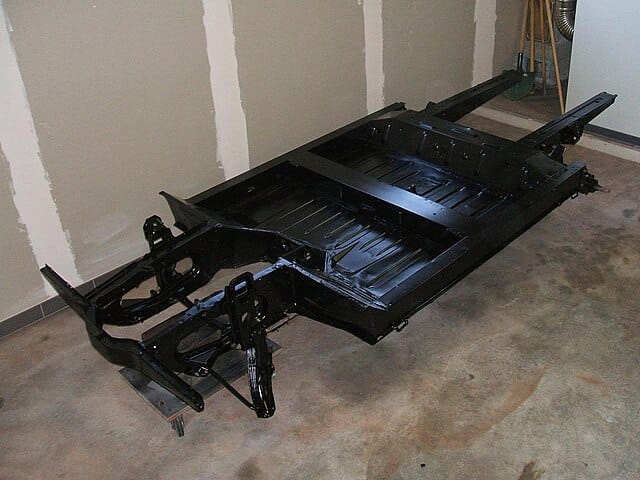
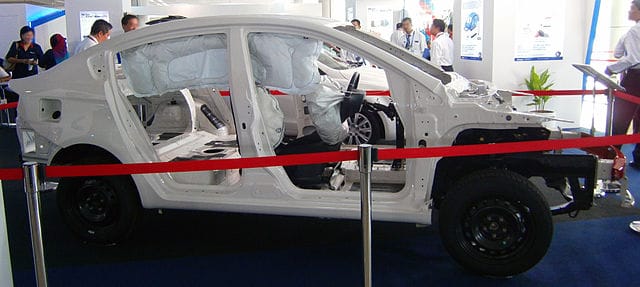
Suspension
The suspension system in a car connects the frame to the wheels and helps absorb bumps and twists in the road. Its main job is to:
- Keep the weight evenly distributed on all tyres
- Keep the car level
- Make the ride comfortable for passengers.
It uses various parts like stabilizer bars, springs, and shock absorbers to achieve this. Some advanced systems even use computers to monitor and adjust the suspension.
Cars that carry heavy loads or go off-road have firmer suspensions for better handling. However, this may result in a bumpier ride.
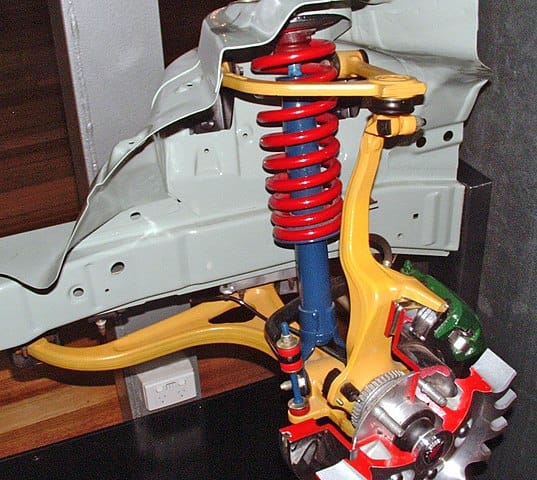
Springs
Suspension springs are like cushions made of steel between the wheels and the frame of a car. They absorb bumps, make the ride smoother for passengers, and help distribute weight evenly on all four wheels.
There are two main types of springs used in suspension systems:
- Leaf springs: These are made of long strips of steel bolted together. They can sometimes be noisy or create a harsh ride, so a single fibreglass leaf may be used to reduce noise. They're commonly used on rear wheels, especially in older cars.
- Coil springs: These thick metal coils support most cars' front ends. They're often placed between upper and lower control arms in a double wishbone system.
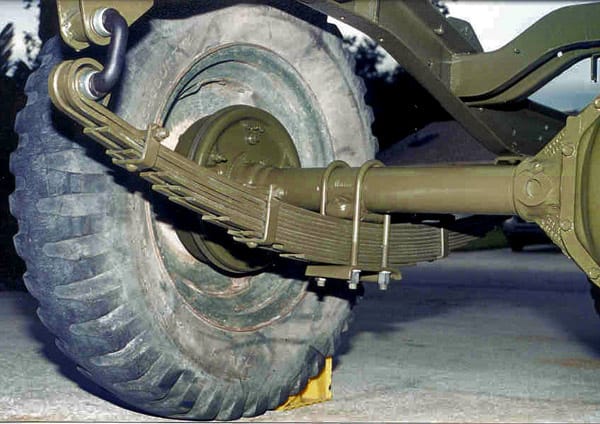
Shock Absorbers
Shock absorbers help stabilize and control the bouncing motion of the springs in a car's suspension system. They only work when the car is bouncing up and down and don't have a function when the car is stationary.
A shock absorber consists of a sealed cylinder filled with hydraulic fluid and a piston inside. When the car bounces, the piston moves through the fluid, and the fluid's resistance dampens the bouncing. Small valves regulate the flow of fluid to control the shock absorber's characteristics. Some shock absorbers also use pressurized gas along with hydraulic fluid.
A MacPherson strut is a type of shock absorber that combines a coil spring and a shock absorber in one unit. It's commonly used in front-wheel-drive vehicles to save space.
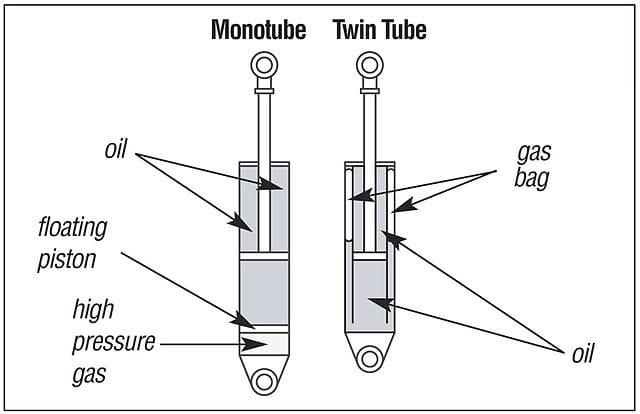
Steering
A car's steering system consists of two main parts: the steering column and the steering gear.
The steering column lets the driver control the car's direction. It can also contain electrical components like ignition, lights, and windshield wipers.
There are two main types of steering gear systems: worm gear and rack and pinion.
- Worm gear systems use a steering box to transfer motion from the steering wheel to the front wheels. It uses ball bearings to reduce friction. A pitman arm increases the steering wheel's turning power.
- Rack and pinion systems use a sliding flat gear (rack) and a round stationary gear (pinion) to move the wheels. Rubber boots protect the gears and joints from dirt and moisture. This system provides smooth but stiffer steering.
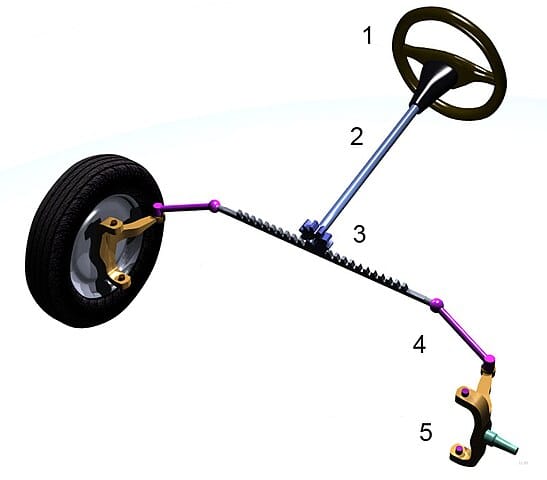
Power Steering
Power steering helps drivers steer more easily, especially in big vehicles or when parking. There are two types:
Hydraulic
Hydraulic power steering uses fluid pressure to help turn the front wheels. When you turn the steering wheel, valves direct pressurized fluid to assist the turning. This system works with worm drive and rack and pinion mechanisms. A pump supplies force to the hydraulic fluid, and a reservoir holds the fluid.
Electric
Electric power steering uses an electric motor that kicks in when you turn the wheel. It's simpler than hydraulic power steering.
Both systems make steering easier for drivers, but they work differently. Hydraulic power steering uses fluid pressure, while electric power steering uses an electric motor.
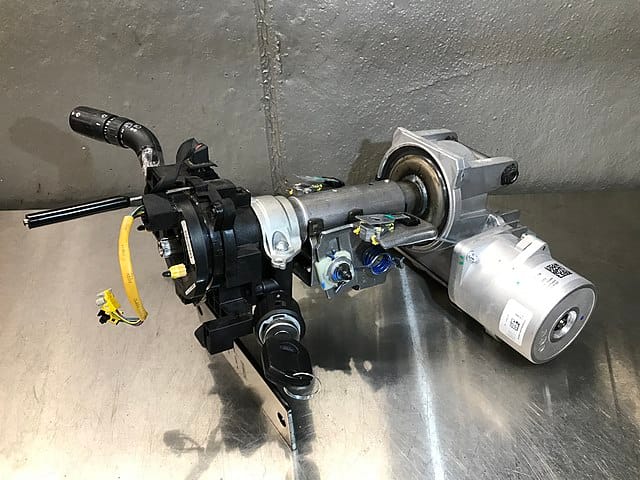
Ball Joints
Ball joints are important parts of a car's suspension and steering systems. They create strong connections between moving parts and allow them to move smoothly. Ball joints are found in various places, like the upper and lower control arms and tie rod end.
Tie rod ends are a crucial component that connects the steering gear to the wheels. They can also be used to adjust the alignment of the front wheels.
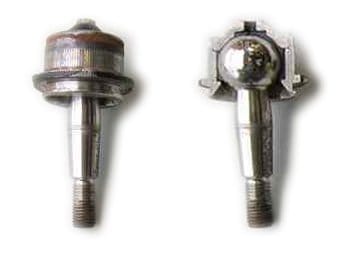
Wheels
A car wheel consists of a rubber tyre and a metal rim. It's attached to the car via lug nuts, usually behind the hubcap. A steering knuckle and spindle extend into the wheel hub inside the wheel assembly. Wheel bearings inside the hub connect the wheel to the spindle shaft or brake drum. These bearings provide the contact points between the moving wheel and the stationary spindle.
Solid axle systems are often used in rear-wheel-drive vehicles, trucks, and trailers. The solid axle system directly connects the two rear wheels. But this setup can transfer bumps from one wheel to the other. Independent suspension systems on all four wheels eliminate this, providing a smoother ride.
Tyres
Most cars use radial tyres with plies arranged to reduce movement between them. This prevents overheating, reduces wear, and improves gas mileage. Other tyre types, like bias ply, belted bias ply, and recaps, are used mainly by trucks and commercial vehicles.
The tread pattern of a tyre is like its footprint. It's crucial because it's the part that touches the road, helping with speed and direction control.
Unique tread patterns include:
- Snow tyres to get better traction
- Rain tyres to push out water
- Slicks for drag racing
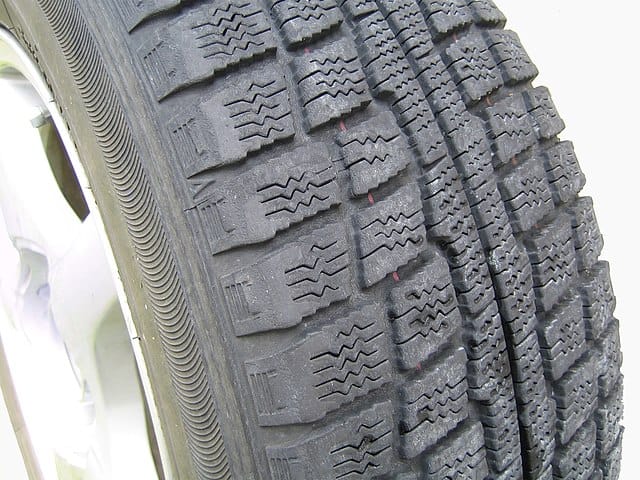
The amount of rubber touching the road depends on the car's weight and tyre pressure. Regardless of width or tread design, the total rubber area touching the road remains the same for a given car weight and tyre pressure. Bald tyres are dangerous because they lack tread patterns, not because they have less surface area touching the road.
Thank You
In wrapping up our discussion on the steering and suspension systems, we've learned how essential these parts are for safe driving. Components like suspension springs and steering gear work together to keep the car steady and in control, even on bumpy roads.
Regular maintenance of these systems is crucial for both the car's longevity and the safety of everyone on the road. So, next time you're behind the wheel, remember to appreciate the mechanics that ensure a smooth and secure journey.
Stay safe on the road!